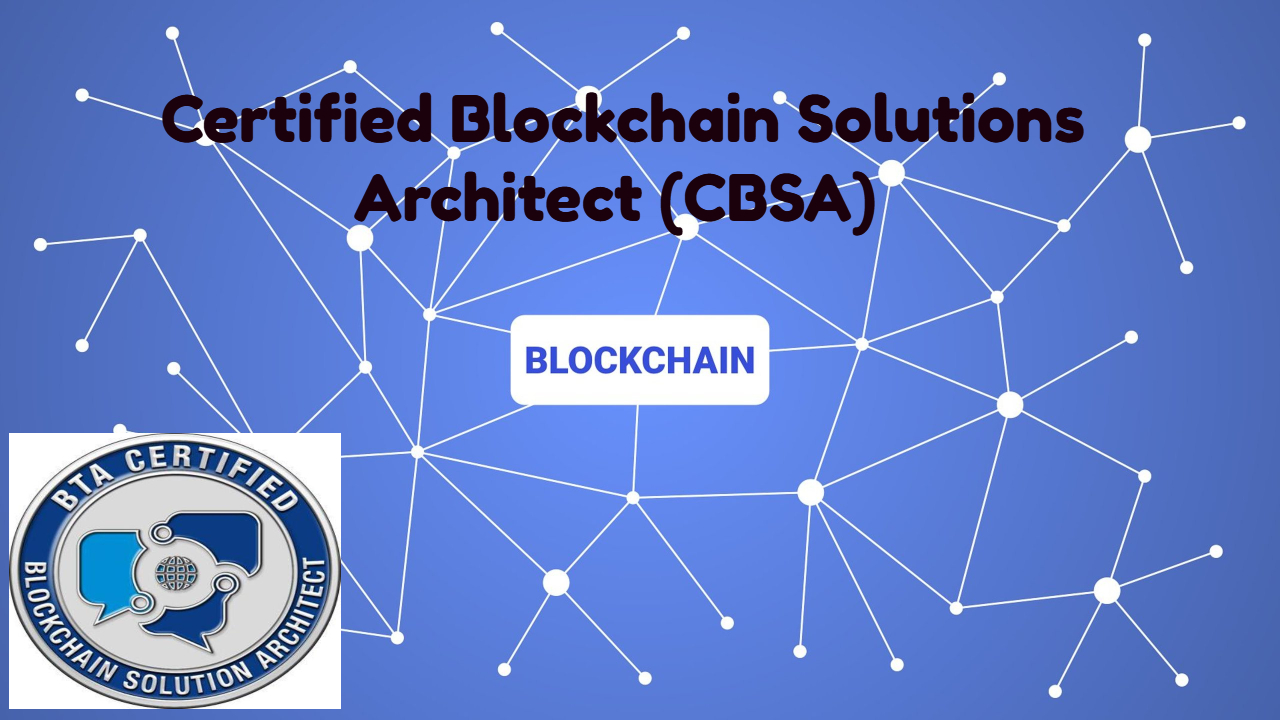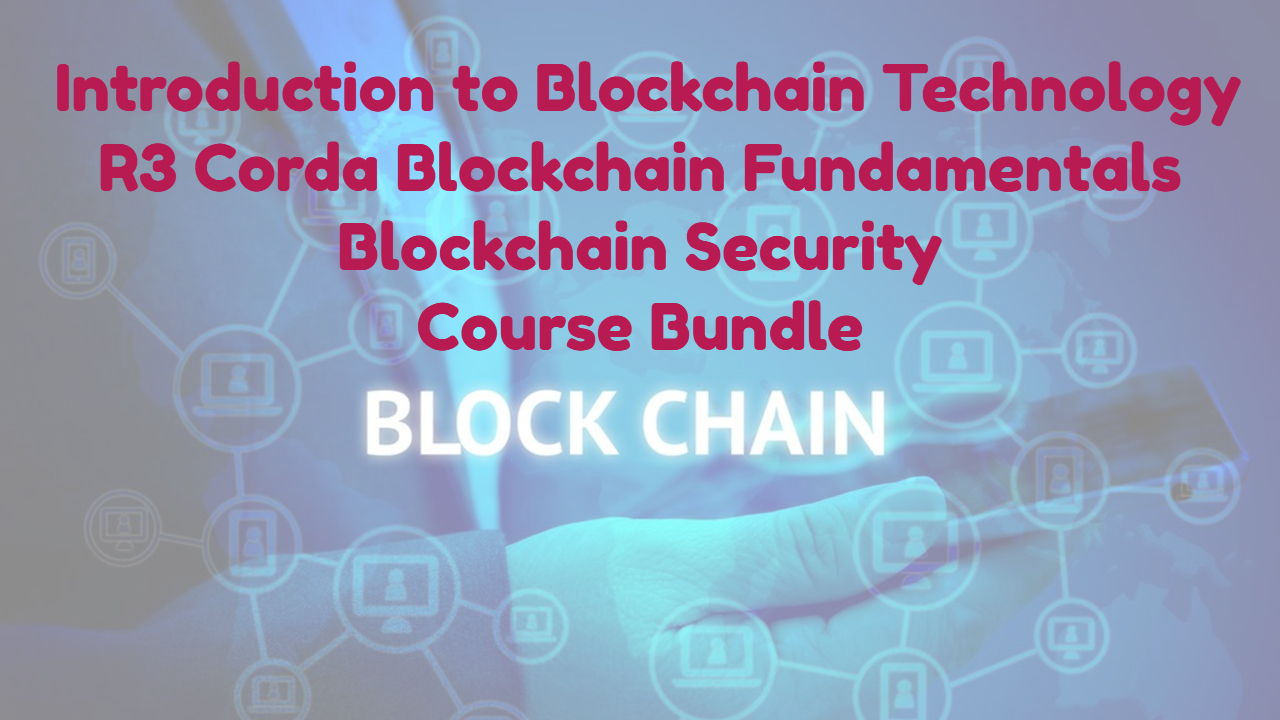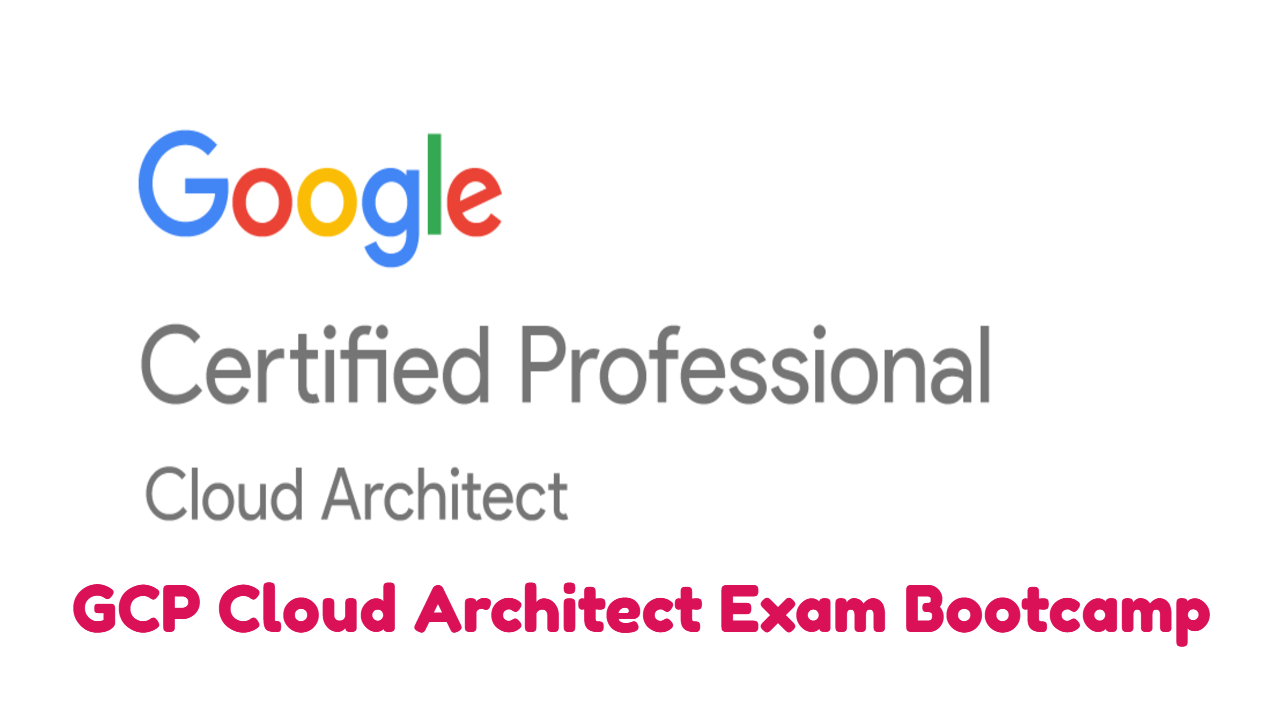Copyright © 2025 LOOP All Rights Reserved.
Certified Blockchain Solutions Architect

Course Description
Welcome to the Certified Blockchain Solutions Architect (CBSA) LiveLessons Course. This course is ideal for technology-focused engineers, application developers, IT administrators, or anyone wanting to obtain the Blockchain Training Alliance Certified Blockchain Solutions Architect Certifications.
In this course, we will provide an exam overview of the Blockchain Training Alliance Certification, Certified Blockchain Solutions Architect (CBSA). This will include Blockchain basics such as components, terminology, and ledgers, as well as why Blockchain is revolutionizing how businesses and governments are looking at technology to create efficiencies. We will cover the top ten areas to focus on for the exam and what topics to study, as well as the exam process and what to expect before, during, and after the exam.
Course Objectives
• Examination Overview of Blockchain Training Alliance Certification, Certified Blockchain Solutions Architect (CBSA)
- Learn about the basics of Blockchain e.g. components, terminology, and ledgers
- Learn about why Blockchain is revolutionizing how businesses and governments are looking at technology to create efficiencies
- Top 10 areas to focus on for the examination
- What are the topics to study for the examination?
- How is the examination process like?
- What to expect, before, during, and after the examination?
Content
Certified Blockchain Solutions Architect(CBSA)
Certified Blockchain Solutions Architect
- Duration 7 hr 0 mins
- Skill level All Levels
- Languages en_US
- Tag(s) SkillsFuture Certification


